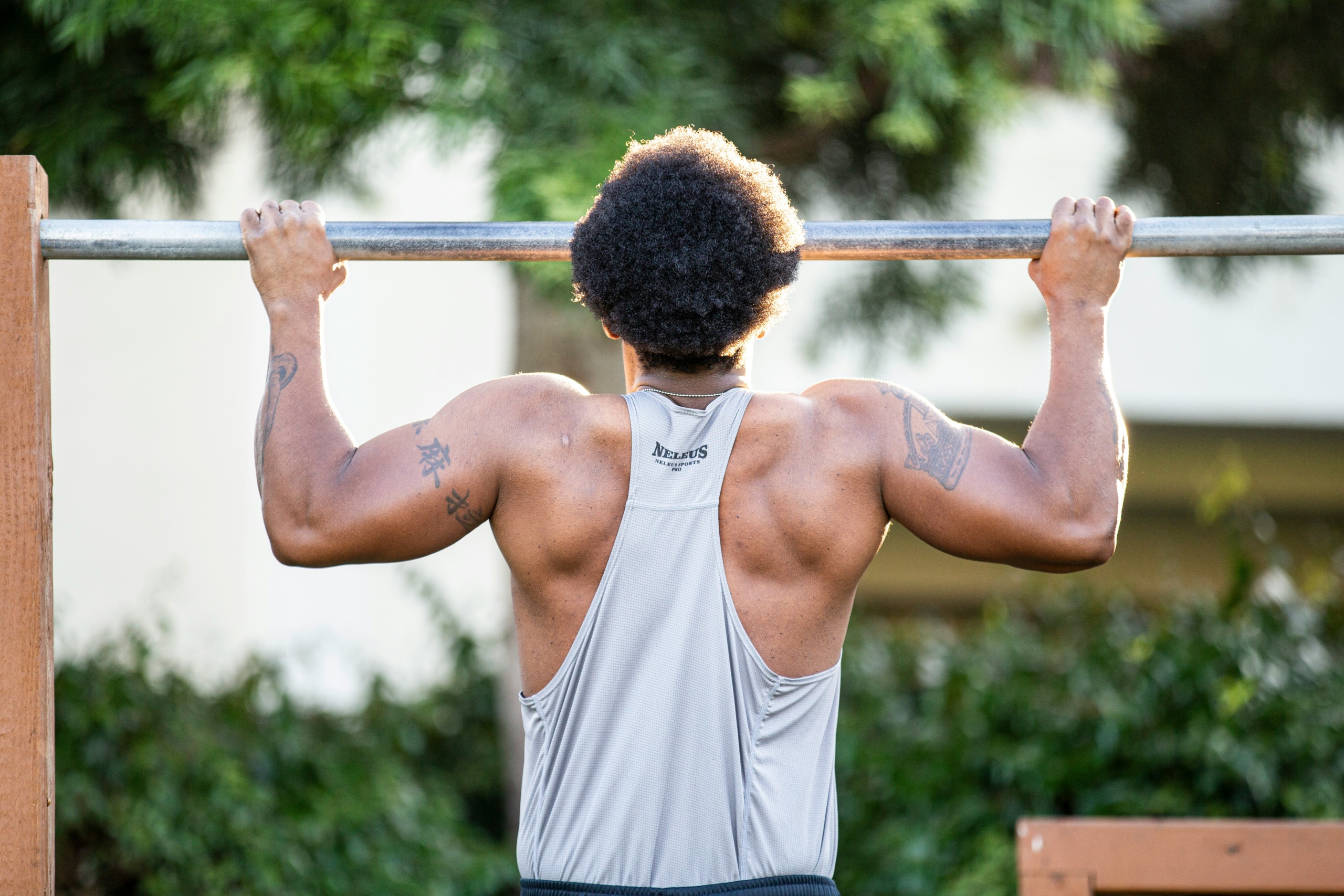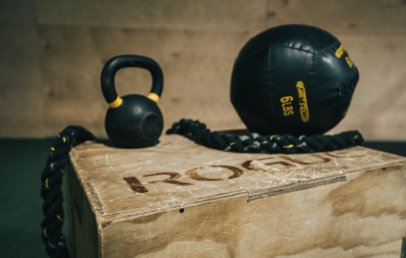
Let’s Make Pull-Ups a Little Easier to Do
Pull-ups are a fantastic exercise for building upper body strength and muscle definition. However, for beginners, they can seem daunting. Fear not! With the right approach and technique, anyone can master pull-ups. Let’s dive into the basics and learn how to do pull-ups as a beginner.
To begin, start with assisted pull-ups. This could involve using a resistance band looped around the pull-up bar or utilizing an assisted pull-up machine at the gym. Assisted pull-ups help reduce the amount of body weight you need to lift, making the exercise more manageable while still building strength.
When you’re ready to get started, perfect your grip. Grab the pull-up bar with an overhand grip, slightly wider than shoulder-width apart. Ensure your palms are facing away from you, and your thumbs wrap around the bar for stability. Maintain a firm grip throughout the exercise to prevent slipping.
Engage your core before initiating the pull-up. Draw your belly button towards your spine to activate your core muscles. Keeping your core tight throughout the movement helps stabilize your body and prevents excessive swinging.
As you begin the pull-up, focus on retracting your shoulder blades and pulling them down towards your back pockets. Aim to pull your chest towards the bar rather than just lifting your chin over it. Keep your elbows close to your body to maximize engagement of the back muscles.
Control the descent as you reach the top of the movement. Slowly lower yourself back down with control, resisting the urge to drop quickly. Aim for a smooth and controlled descent, maintaining tension in your muscles throughout.
Proper breathing is crucial during pull-ups. Exhale as you pull yourself up towards the bar, and inhale as you lower yourself back down. Focus on maintaining a steady rhythm of breathing to optimize oxygen flow to your muscles.
Consistency and patience are key to mastering pull-ups. Start with a goal that’s achievable, such as aiming for a certain number of assisted pull-ups in a session. Gradually increase the difficulty by reducing assistance or increasing the number of reps as you get stronger.
Lastly, listen to your body. Pay attention to how your body feels during and after each workout. If you experience any pain or discomfort, stop and reassess your form. Don’t push yourself too hard too soon. Progress at a pace that feels comfortable and sustainable for you.




